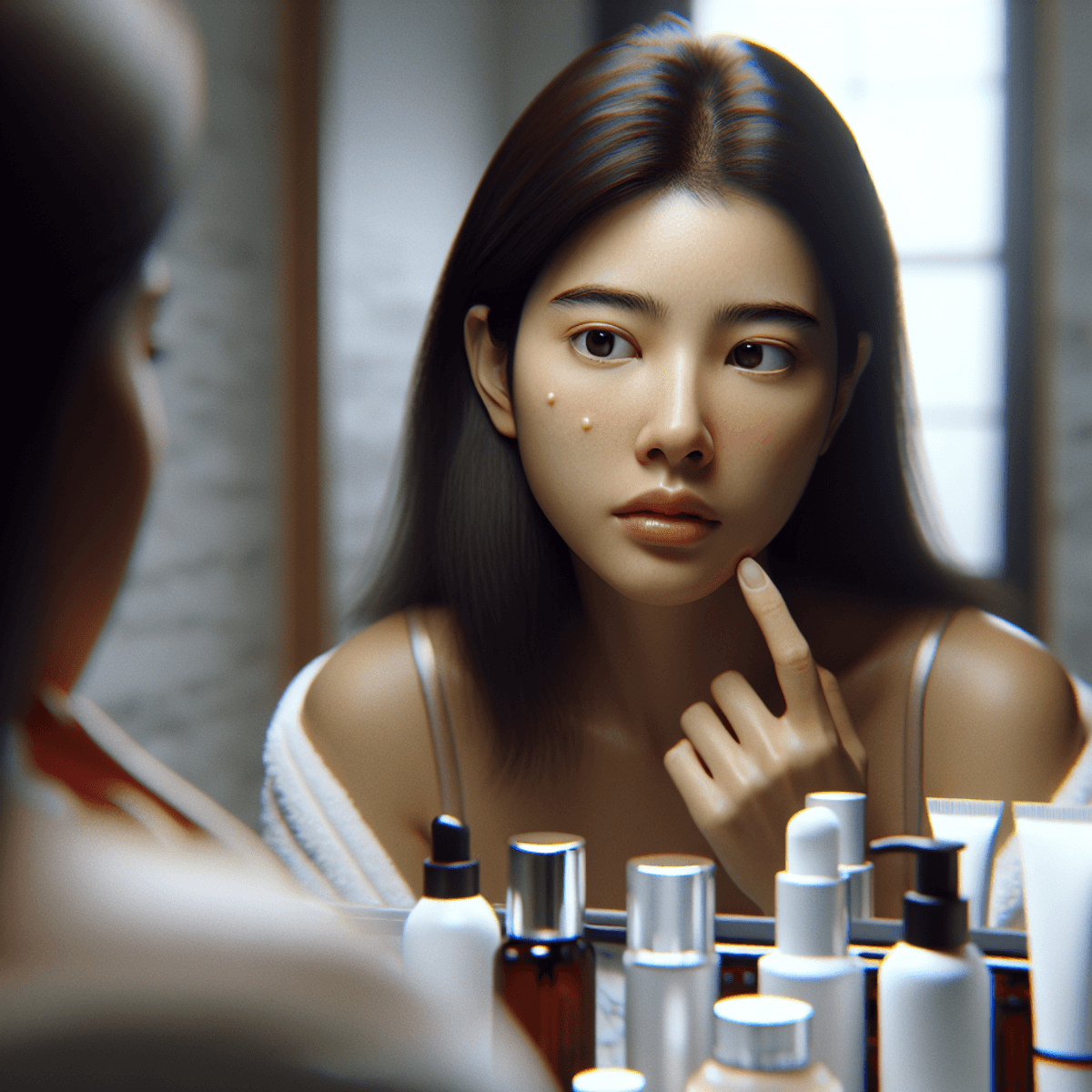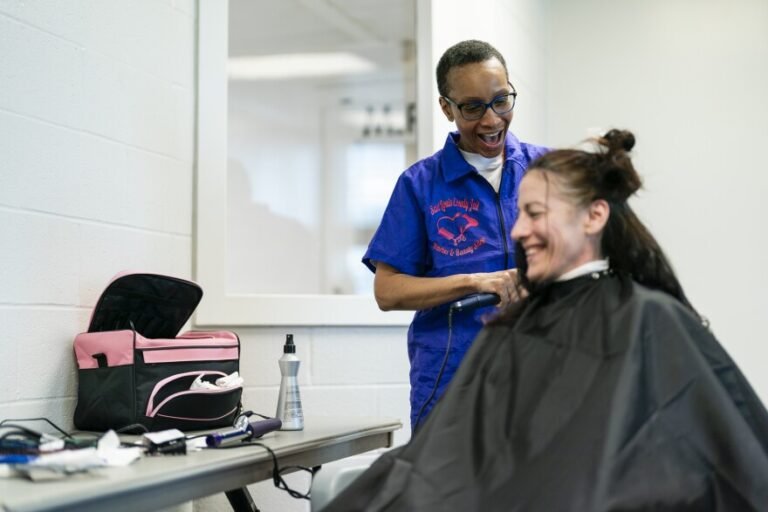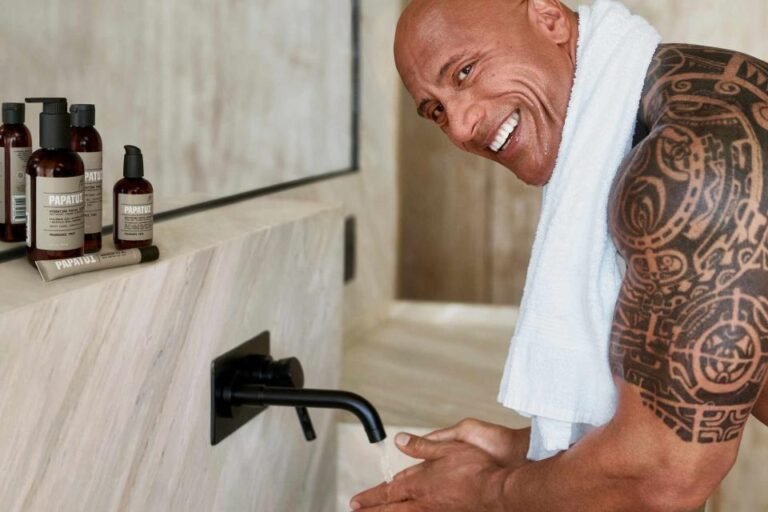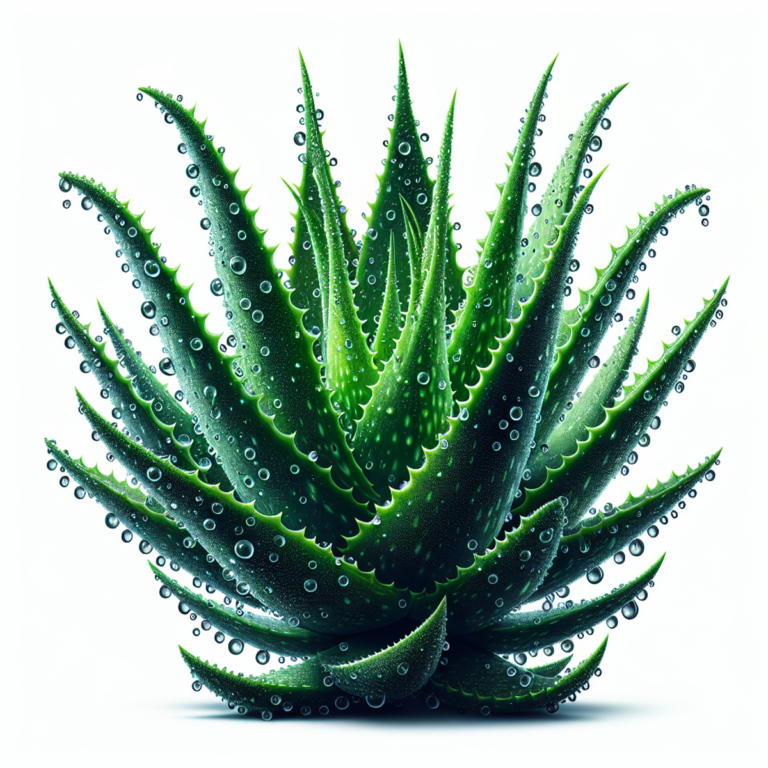Can you remove pimples overnight?

Introduction
Pimples, also known as acne, are a common skin condition that occurs when hair follicles become clogged with oil and dead skin cells. These pesky spots can appear on the face, back, shoulders, and chest. Hormonal changes, diet, and stress are often major contributors to the formation of pimples.
Addressing skin issues promptly and effectively is crucial for maintaining healthy skin. Ignoring acne can lead to scars, dark spots, and even more breakouts. By taking immediate action, you can minimize the impact of pimples on your skin’s overall health and appearance.
In this article, you’ll learn about various overnight solutions for pimples. We’ll cover:
- Understanding Pimples: Causes and formation
- Debunking Myths: The reality of overnight pimple removal
- Effective Home Care Techniques: Quick relief methods
- Natural Remedies: Safe treatments you can try at home
- Preventative Measures: Long-term strategies for clear skin
Whether you’re dealing with an unexpected breakout or looking for ways to prevent future pimples, this guide will provide you with practical advice and actionable steps.
Understanding Pimples: Causes and Formation
What Are Pimples?
Pimples, also known as acne, are a common skin condition characterized by the appearance of inflamed bumps on the skin. They form when hair follicles become clogged with oil (sebum) and dead skin cells. This blockage creates an environment where bacteria can thrive, leading to inflammation and the formation of pimples.
How Do Pimples Form?
The process of pimple formation involves several steps:
- Sebum Production: The sebaceous glands produce an oily substance called sebum. Excessive sebum production can lead to clogged pores.
- Dead Skin Cell Accumulation: Dead skin cells can accumulate in the hair follicles, mixing with sebum to form a plug.
- Bacterial Growth: The bacteria Propionibacterium acnes (P. acnes) can multiply within the clogged pore, causing inflammation.
- Inflammation: The body’s immune response to the bacteria leads to redness, swelling, and pus formation.
Factors That Trigger Acne
Several factors can contribute to the development of pimples, including:
- Hormonal Changes: Hormones play a significant role in acne formation. During puberty, androgen levels increase, leading to higher sebum production. Hormonal fluctuations during menstruation and pregnancy can also trigger acne.
- Diet: Some studies suggest that certain foods may exacerbate acne. High-glycemic-index foods like sugary snacks and dairy products have been linked to increased breakouts.
- Stress: Stress can lead to hormonal imbalances that may worsen acne. Cortisol, a stress hormone, can increase sebum production and inflammation.
Understanding these causes is essential for developing effective strategies on how to remove pimples naturally and permanently.
The Reality of Overnight Pimple Removal
Debunking Common Myths and Misconceptions
The idea of overnight pimple removal is tempting, but it’s important to know what’s true and what’s not. Many people think there are quick fixes for acne that can magically clear up skin issues by morning. But the truth is, while certain methods can make a pimple look smaller and less swollen, completely getting rid of it overnight is usually not possible.
Myth 1: Toothpaste Can Eliminate Pimples
There’s a common myth that says you should put toothpaste on pimples to make them go away overnight. While some ingredients in toothpaste might dry out a pimple, they can also irritate and damage your skin, causing more problems.
Myth 2: Popping Pimples Speeds Up Healing
Some people believe that popping pimples will make them heal faster. However, this often makes things worse. It can lead to scars and more infections, making the situation even more difficult to deal with.
Factors Affecting the Effectiveness of Overnight Treatments
While many people search for ways to remove pimples overnight, several factors affect how well these treatments work:
- Skin Type: People with sensitive or reactive skin may not respond well to aggressive treatments.
- Severity of Acne: Mild acne might see some improvement with overnight solutions, but severe cases typically require extended care.
- Type of Pimple: Different types of pimples (whiteheads, blackheads, cysts) respond differently to treatments.
- Product Ingredients: The effectiveness largely depends on active ingredients like benzoyl peroxide or salicylic acid.
Understanding these factors helps set realistic expectations about how to get rid of pimples overnight. While immediate results are rare, strategic approaches can significantly reduce redness and inflammation by morning.
Effective Home Care Techniques for Quick Relief
1. Gentle Cleansing Routine
A gentle cleansing routine is the foundation of any effective skincare regimen, especially for acne-prone skin. Proper cleansing removes dirt, oil, and impurities that can clog pores and lead to breakouts.
Why Gentle Cleansing Matters
- Prevents Clogged Pores: Regularly removing excess oil and debris helps prevent pimples.
- Reduces Inflammation: Harsh cleansers can irritate the skin, making acne worse. Gentle products help soothe inflammation.
- Maintains Skin’s Natural Barrier: Over-cleansing or using harsh products can strip the skin of its natural oils, disrupting its protective barrier.
Recommended Products for Sensitive Skin Types
Choosing the right cleanser is crucial for maintaining healthy skin while treating acne. Here are some recommended products suitable for sensitive skin:
- CeraVe Hydrating Cleanser: Formulated with ceramides and hyaluronic acid, this cleanser gently removes dirt without disrupting the skin’s natural barrier.
- La Roche-Posay Toleriane Hydrating Gentle Cleanser: This product is fragrance-free and includes glycerin to moisturize while cleansing, perfect for sensitive skin.
- Neutrogena Ultra Gentle Daily Cleanser: With a hypoallergenic formula, it effectively cleanses without causing irritation or dryness.
Incorporating a gentle cleansing routine into your daily regimen can significantly improve the appearance of your skin over time. By prioritizing products designed for sensitive skin, you minimize the risk of irritation and support your skin’s natural healing processes.
2. Ice Treatment: A Simple Yet Effective Method
Using ice as a treatment is one of the most straightforward home care techniques for pimples. Ice helps reduce swelling and redness associated with pimples by constricting blood vessels and reducing inflammation.
How Ice Helps Reduce Swelling and Redness
- Constricts Blood Vessels: Applying ice to your skin causes blood vessels to constrict, which can significantly reduce the size and redness of a pimple.
- Reduces Inflammation: The cold temperature minimizes inflammation, making the pimple less noticeable.
- Numbs Pain: If your pimple is causing discomfort, ice can provide temporary pain relief by numbing the affected area.
Best Practices for Applying Ice to Your Skin
- Wrap the Ice: Always wrap ice cubes in a clean cloth or paper towel before applying it to your skin. Direct contact with ice can cause frostbite or skin damage.
- Short Intervals: Apply the wrapped ice to your pimple in short intervals—typically 1-2 minutes at a time, with breaks in between. This prevents excessive cooling that might harm your skin.
- Gentle Pressure: Use gentle pressure when applying the ice to avoid irritating or breaking the skin further.
- Repeat as Needed: For best results, repeat this process several times throughout the day, ensuring you give your skin time to warm up between applications.
This technique is particularly useful when you need quick relief from an inflamed pimple but should be used cautiously to avoid potential skin damage from prolonged exposure to cold temperatures. It’s worth noting that while ice treatment can be beneficial for certain types of pain and inflammation, it’s always best to consult with a healthcare professional if you’re unsure about the appropriate treatment method. For instance, heat therapy might be more suitable for other conditions.
3. Spot Treatments: Targeted Solutions for Stubborn Pimples
Spot treatments are a key component of home care techniques for pimples, offering targeted solutions that can help reduce the appearance of pimples overnight. Two popular ingredients in spot treatments are benzoyl peroxide and salicylic acid.
Benzoyl Peroxide
Benzoyl peroxide is well-known for its antibacterial properties. It works by:
- Killing bacteria that cause acne
- Reducing inflammation
- Unclogging pores
When using benzoyl peroxide:
- Start with a lower concentration (2.5% or 5%) to minimize irritation.
- Apply a small amount directly to the pimple after cleansing your face.
- Use it once daily, preferably at night, and gradually increase usage if your skin tolerates it well.
Salicylic Acid
Salicylic acid is another effective ingredient for treating stubborn pimples. It functions by:
- Exfoliating the skin to remove dead cells
- Penetrating deep into the pores to clear blockages
- Reducing oil production
For best results with salicylic acid:
- Choose products with a concentration of 0.5% to 2%.
- Apply it directly to the affected area after cleansing.
- Use once daily and increase frequency based on skin tolerance.
Both benzoyl peroxide and salicylic acid can be very effective when used correctly. However, improper use can lead to skin irritation, dryness, or redness. Always patch-test any new product on a small area of skin before full application.
By incorporating spot treatments into your nightly skincare routine, you target stubborn pimples more effectively, helping in your quest to reduce their appearance overnight.
Continue Reading: Natural Remedies You Can Try at Home
4. Hot Compresses: A Soothing Approach to Whiteheads
Hot compresses for whiteheads can be an effective method in your arsenal of home care techniques for pimples.
When to Use Hot Compresses on Your Skin
- Whitehead Formation: This method is most beneficial when you notice whiteheads forming. The heat helps in softening the contents of the pore, making it easier for them to drain naturally.
- Before Spot Treatments: Applying a hot compress before using spot treatments like benzoyl peroxide or salicylic acid can enhance their effectiveness by opening up the pores.
Benefits of This Method Specifically for Treating Whitehead Breakouts
- Promotes Drainage: A hot compress can help open up pores and promote the natural drainage of whiteheads, reducing their visibility.
- Reduces Inflammation: The warmth can help in reducing inflammation and soothing any discomfort associated with breakouts.
- Prepares Skin for Other Treatments: Using a hot compress prepares your skin to better absorb other treatments, enhancing their efficacy.
To apply a hot compress:
- Soak a Clean Cloth in Warm Water: Ensure the water is warm but not too hot to avoid burning your skin.
- Wring Out Excess Water: You want the cloth damp, not dripping wet.
- Apply to Affected Area: Hold the warm cloth against the whitehead-prone area for about 10-15 minutes.
- Repeat as Needed: This can be done multiple times a day, especially before applying other targeted treatments.
Utilizing hot compresses as part of your cleansing routine for acne-prone skin can significantly aid in managing whitehead breakouts and enhance the effectiveness of subsequent treatments.
Natural Remedies You Can Try at Home
1. Aloe Vera: Nature’s Miracle Plant Against Acne
Aloe vera is well-known for its healing abilities, making it a go-to choice for natural acne treatments. Its anti-inflammatory and antibacterial properties help reduce the redness and swelling associated with acne. Additionally, aloe vera promotes faster healing of skin lesions and prevents further breakouts.
How Aloe Vera Helps with Acne
Aloe vera contains several beneficial compounds:
- Polysaccharides: These compounds help stimulate skin growth and repair.
- Glycoproteins: They aid in reducing inflammation and pain.
- Anthraquinones: Known for their antibacterial properties, they help combat acne-causing bacteria.
- Vitamins and Minerals: Aloe vera is rich in vitamins A, C, and E, which are essential for maintaining healthy skin.
In addition to its effectiveness against acne, the benefits of aloe vera for skin and hair are extensive, making it a versatile addition to your natural remedy arsenal.
Ways to Use Aloe Vera at Home
There are several ways to incorporate aloe vera into your skincare routine:
- Apply Aloe Vera Gel Directly
- Get fresh aloe vera leaves or use store-bought pure aloe vera gel.
- Cut the leaf open to extract the gel or apply the store-bought gel directly to your pimples.
- Leave it on overnight for best results.
- Make an Aloe Vera Face Mask
- Mix 1 tablespoon of aloe vera gel with 1 teaspoon of honey.
- Apply this mixture evenly across your face.
- Leave it on for 20 minutes before rinsing with lukewarm water.
- This mask not only fights acne but also provides hydration.
- Combine Aloe Vera and Tea Tree Oil
- Mix 2 tablespoons of aloe vera gel with a few drops of tea tree oil.
- Apply this mixture to the affected areas before bed.
- Wash off in the morning with a gentle cleanser.
- Use an Aloe Vera Moisturizer
- Opt for an aloe vera-based moisturizer to keep your skin hydrated without clogging pores.
- Look for products labeled as non-comedogenic to avoid worsening acne.
- Create a DIY Aloe Vera Toner
- Mix equal parts of aloe vera juice and water in a spray bottle.
- Use this toner twice daily after cleansing your face.
Using natural remedies like aloe vera can be an effective way to manage acne-prone skin. However, individual results may vary, so it’s important to be patient and consistent with your skincare routine.
2. Tea Tree Oil: An Essential Oil Powerhouse For Clear Skin
Tea tree oil is a popular choice among natural remedies for pimples. Known for its anti-inflammatory and antimicrobial properties, this essential oil can effectively combat acne when used correctly.
How to Use Tea Tree Oil Safely
Tea tree oil is potent and should always be diluted before application to avoid skin irritation. Here’s how you can use it safely:
- Dilute Properly: Mix a few drops of tea tree oil with a carrier oil like coconut or jojoba oil. A common ratio is 5% tea tree oil to 95% carrier oil.
- Apply Directly: Use a cotton swab to apply the diluted mixture directly onto pimples, focusing on the affected areas without over-drying the surrounding skin.
Studies have shown that tea tree oil can reduce both the number and severity of acne lesions when used consistently. Its ability to penetrate the skin and disinfect pores makes it a valuable addition to your skincare routine.
Safety Precautions
While tea tree oil benefits for acne treatment are notable, it’s crucial to follow safety guidelines:
- Patch Test: Before widespread application, perform a patch test by applying the diluted mixture to a small area of your skin and waiting 24 hours to ensure no adverse reactions occur.
- Avoid Sensitive Areas: Keep tea tree oil away from sensitive areas like the eyes, mouth, and any broken skin.
- Proper Storage: Store tea tree oil in a cool, dark place to maintain its efficacy and prevent oxidation.
- Consultation: If you have sensitive skin or existing skin conditions, consult with a dermatologist before incorporating tea tree oil into your regimen.
By adhering to these precautions, you can harness the power of tea tree oil effectively while minimizing potential risks.
3. Honey and Cinnamon: A Delicious Duo That Fights Pimples Together!
Honey is well-known for its natural moisturizing properties, making it an effective remedy for acne-prone skin. It helps to keep the skin hydrated without clogging pores, which can prevent new pimples from forming.
Cinnamon, on the other hand, possesses strong antimicrobial properties that can combat bacteria responsible for causing breakouts. When combined, honey and cinnamon create a powerful duo that targets both hydration and bacteria control.
Here are some DIY application methods you can try at home:
1. Honey and Cinnamon Mask
Ingredients:
- 2 tablespoons of honey
- 1 teaspoon of cinnamon
Instructions:
- Mix the honey and cinnamon together in a bowl until they form a smooth paste.
- Apply the mixture to your face or specific areas affected by pimples.
- Leave it on for about 10-15 minutes.
- Rinse off with lukewarm water and pat your skin dry with a clean towel.
2. Spot Treatment
Ingredients:
- 1 tablespoon of honey
- 1/2 teaspoon of cinnamon
Instructions:
- Combine the honey and cinnamon to form a thick paste.
- Apply a small amount directly to individual pimples before bedtime.
- Leave it on overnight and rinse off in the morning.
3. Honey-Cinnamon Scrub
Ingredients:
- 2 tablespoons of honey
- 1 teaspoon of cinnamon
- A pinch of ground oats (optional for added exfoliation)
Instructions:
- Mix all ingredients until well-blended.
- Gently massage the scrub onto your face, focusing on areas with pimples.
- Rinse thoroughly with warm water and follow up with a gentle cleanser.
These natural remedies for pimples leverage the benefits of both honey and cinnamon, providing an accessible approach to managing acne flare-ups at home.
Preventative Measures To Keep Your Skin Clear Long-Term
1. Daily Cleansing Routine: The Foundation Of Healthy Skin!
When aiming to prevent pimples, establishing a consistent daily cleansing routine is essential. This foundational step helps remove excess oil, dirt, and other impurities that can clog pores and lead to breakouts.
Steps for an Effective Daily Cleansing Routine:
- Choose the Right Cleanser: Opt for a gentle, non-comedogenic cleanser suitable for your skin type. Products containing salicylic acid or benzoyl peroxide can be beneficial for acne-prone skin.
- Wash Your Face Twice a Day: Cleanse your face in the morning and before bed to keep your skin free from accumulated oil and dirt.
- Use Lukewarm Water: Hot water can strip your skin of natural oils, while cold water may not effectively cleanse the skin. Lukewarm water strikes the right balance.
- Be Gentle: Avoid scrubbing or using harsh exfoliants that can irritate the skin and exacerbate acne. Use your fingertips to gently massage the cleanser into your skin.
- Rinse Thoroughly: Ensure all traces of cleanser are removed to prevent any residue from clogging pores.
- Pat Dry: Gently pat your face dry with a clean towel instead of rubbing it.
Recommended Products:
- CeraVe Foaming Facial Cleanser: Suitable for normal to oily skin, this cleanser contains ceramides and niacinamide to help maintain the skin’s natural barrier.
- La Roche-Posay Effaclar Purifying Foaming Gel: Ideal for sensitive, acne-prone skin, this product is formulated with zinc pidolate to reduce oiliness.
Incorporating these steps into your daily skincare routine creates a strong foundation for preventing pimples and maintaining clear, healthy skin.
2. Non-Comedogenic Products: Choosing Safe Options For Your Skin Type
Using non-comedogenic products ensures that you are not introducing pore-clogging ingredients into your skincare regimen or makeup routine.
Tips for Selecting Non-Comedogenic Products:
- Read Labels Carefully: Look for terms like “non-comedogenic,” “oil-free,” and “won’t clog pores.”
- Consider Your Skin Type: Choose products specifically formulated for oily, combination, or sensitive skin types as needed.
- Test New Products Gradually: Introduce new products one at a time to monitor how your skin reacts.
3. Good Hygiene Practices: Keeping Bacteria At Bay!
Maintaining good hygiene practices is crucial in preventing bacteria from contributing to breakouts.
Best Practices:
- Clean Pillowcases Regularly: Change pillowcases at least once a week to prevent oil and bacteria buildup.
- Avoid Touching Your Face: Keep hands away from your face as much as possible to avoid transferring dirt and bacteria.
- Sanitize Mobile Devices: Wipe down your phone regularly with antibacterial wipes since it frequently comes into contact with your face.
These preventative measures against pimples are key components of a daily skincare routine designed to prevent breakouts from occurring in the first place.
2. Non-Comedogenic Products: Choosing Safe Options For Your Skin Type
Non-comedogenic products are specifically formulated to avoid clogging pores, making them essential in any daily skincare routine aimed at preventing breakouts. These products help reduce the likelihood of acne formation by ensuring that your skin can breathe and function normally without the interference of pore-clogging ingredients.
Why Choose Non-Comedogenic?
- Prevents Clogged Pores: By using non-comedogenic products, you minimize the risk of oil and dead skin cells blocking your pores.
- Suitable for All Skin Types: Whether you have oily, dry, or combination skin, non-comedogenic products are designed to be gentle and effective across various skin types.
- Supports Acne-Prone Skin: For those struggling with frequent breakouts, switching to non-comedogenic options can make a significant difference in your skin’s health.
Key Ingredients to Look For
- Salicylic Acid: Helps exfoliate dead skin cells and unclog pores.
- Benzoyl Peroxide: Targets acne-causing bacteria while maintaining pore clarity.
- Hyaluronic Acid: Provides hydration without adding extra oil or causing blockage.
Popular Non-Comedogenic Products
1. Moisturizers:
- Neutrogena Hydro Boost Water Gel: Lightweight and effective for hydration without clogging pores.
- Cetaphil Daily Hydrating Lotion: Specifically formulated for sensitive and acne-prone skin.
2. Sunscreens:
- EltaMD UV Clear Broad-Spectrum SPF 46: Offers sun protection while being gentle on acne-prone skin.
- La Roche-Posay Anthelios Melt-in Milk Sunscreen SPF 100: Non-greasy formula suitable for sensitive skin types.
3. Foundations:
- Clinique Acne Solutions Liquid Makeup: Provides coverage while treating and preventing future breakouts.
- Tarte Amazonian Clay Full Coverage Foundation: Long-lasting coverage with a breathable formula.
Adopting a holistic approach towards skincare involves more than just quick fixes like overnight remedies or spot treatments. Incorporating non-comedogenic products into your daily regimen is a preventive measure against pimples, ensuring that your skin remains clear and healthy over the long term. This strategy complements other preventative measures discussed in this article, creating a well-rounded skincare routine to prevent breakouts from occurring in the first place.
3. Good Hygiene Practices: Keeping Bacteria At Bay!
Maintaining good hygiene is essential in your daily skincare routine to prevent breakouts from occurring in the first place. While seeking overnight remedies or spot treatments can offer temporary relief, adopting a holistic approach to skincare is crucial for long-term results.
Here are some key practices to incorporate into your routine:
- Regular Hand Washing: Your hands touch many surfaces during the day, picking up bacteria and oils. Washing your hands often lowers the chance of transferring these impurities onto your face.
- Avoid Touching Your Face: It can be tempting to touch or pick at pimples, but doing so can introduce more bacteria and worsen breakouts. Keeping your hands away from your face is a simple yet effective way to prevent pimples.
- Clean Pillowcases and Towels: Pillowcases and towels can hold bacteria, oils, and dead skin cells. Changing them regularly ensures that you aren’t putting these contaminants back on your skin every night.
- Sanitize Personal Items: Items like your phone, sunglasses, and makeup brushes come into close contact with your face. Regularly sanitizing these items helps keep bacteria away.
- Shower After Sweating: Sweat can mix with oil and dirt on your skin, leading to clogged pores and breakouts. Showering after intense physical activity removes sweat and reduces the risk of pimples forming.
- Use Non-Comedogenic Products: Make sure all skincare and cosmetic products you use are labeled as non-comedogenic, meaning they won’t clog pores. This minimizes the likelihood of developing new pimples.
Adopting these good hygiene practices emphasizes a proactive approach to skincare beyond just relying on quick fixes like overnight remedies or spot treatments alone. Consistency in maintaining a clean environment for your skin can significantly mitigate the factors that contribute to acne formation.
This holistic approach, coupled with preventative measures against pimples, sets a strong foundation for achieving clearer skin over time.
When To Seek Professional Help For Persistent Acne Problems?
Knowing when to seek professional help for persistent acne is crucial for effective treatment. While home remedies and over-the-counter solutions can be helpful, they might not be sufficient for severe or ongoing cases.
Signs that you should consult a dermatologist include:
- Severe Breakouts: If you experience deep cysts, nodules, or widespread pimples that are painful.
- Scarring: If you notice scars forming due to acne lesions.
- Emotional Impact: When acne significantly affects your self-esteem or mental health.
- Lack of Improvement: If there is minimal or no improvement after several weeks of home treatments.
Dermatologists offer advanced treatments such as:
- Topical and Oral Medications: Including retinoids, antibiotics, and hormonal therapies.
- Procedures: Chemical peels, laser therapy, and extractions designed to reduce acne and improve skin texture.
Persistent acne often requires tailored approaches that professionals can provide. Addressing severe skin issues promptly with expert guidance ensures better outcomes and prevents long-term damage.
Can you remove pimples overnight? While instant solutions are rare, seeking timely professional help can effectively manage and minimize acne over time.
FAQs (Frequently Asked Questions)
Can you remove pimples overnight?
While there are various methods that claim to reduce the appearance of pimples overnight, results can vary. Factors such as the type of pimple and individual skin response play a significant role in the effectiveness of these treatments.
What are some effective home care techniques for quick relief from pimples?
Effective home care techniques include maintaining a gentle cleansing routine, using ice treatment to reduce swelling, applying spot treatments like benzoyl peroxide or salicylic acid, and utilizing hot compresses for whiteheads.
What natural remedies can help with acne?
Natural remedies such as aloe vera, tea tree oil, and a mixture of honey and cinnamon can be beneficial. Aloe vera has anti-inflammatory properties, tea tree oil is effective when diluted properly, and honey combined with cinnamon can combat bacteria while moisturizing the skin.
What preventative measures can I take to keep my skin clear long-term?
To maintain clear skin long-term, establish a daily cleansing routine, choose non-comedogenic products suitable for your skin type, and practice good hygiene to minimize bacteria on the skin.
How do hormonal changes affect acne formation?
Hormonal changes can trigger acne by increasing oil production in the skin. This excess oil can clog pores and lead to inflammation and breakouts. Factors such as menstrual cycles or stress-induced hormonal fluctuations are common triggers.
When should I seek professional help for persistent acne problems?
If you experience persistent acne that does not respond to over-the-counter treatments or if it significantly impacts your self-esteem, it may be time to consult a dermatologist for professional advice and potential prescription options.










